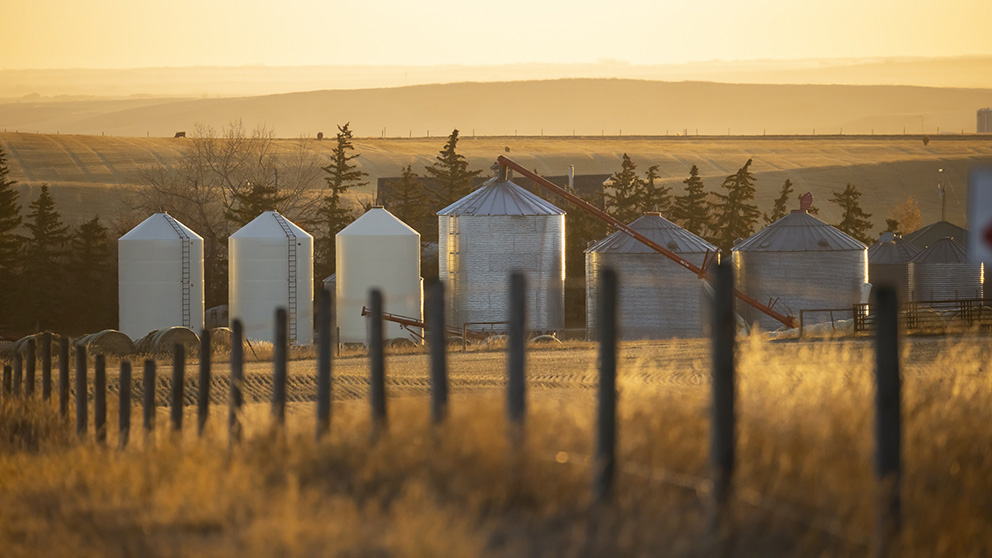Optimizing insurance investments

There are several ways farmers can optimize the value of their insurance investments.
Insurance is a significant expense, but it takes more than writing an annual cheque to protect your farm business.
When it comes to equipment, crop and livestock coverage, experts say there are several ways farmers can optimize the value of their insurance investments.
What do you need to operate?
Calculating the minimum compensation required to continue operating after a substantial loss is critical, says Reid Henderson of Wheatfield General Insurance. This includes accounting for what he calls “business interruption.”
Business interruption insurance is essentially an income replacement. If a dairy barn burns down, for example, the farmer is saddled with the cost and construction time of rebuilding the barn. Even if the initial structure was adequately insured, ongoing costs continue to mount – but with no milk production, the money needed to cover those costs isn’t there.
“The reality is 50% of businesses never reopen after a major loss because of a lack of or not enough business interruption insurance,” Henderson says.
Loss-of-use coverage can act as a similar safety net for grain farmers.
“It’s the middle of harvest, the combine burns, and you need to have enough money or the ability to rent another combine,” says Henderson. With rental fees amounting to hundreds of dollars an hour, Henderson says $5,000 insurance benefit can deplete rapidly.
“The cost to upgrade or buy more coverage isn’t a lot of money. It’s a few hundred dollars at the most to up that to $20,000 or $30,000,” he says.
Accurately assess property value
When it comes to buildings and equipment, it’s important to take accurate stock of current values. For buildings, this includes calculating the cost it would take a contractor to construct a new structure, as opposed to what the structure itself is supposed to be worth – or was worth at one point in time.
Equipment includes tools as well. Henderson says it’s typical for farm businesses to collect a wide assortment of tools – a metal lathe here, a drill press there, and so on – over long periods. All these disparate tools have a practical and dollar value but are often not considered when assessing insurance coverage. This can impede operational efficiency, so Henderson encourages farmers to consider the financial cost of replacing such tools – as well as the inconvenience of not having them.
Insurance as a service
Kevin Prong, Manager of Business Innovation at Edge Mutual Insurance Company says updating policies should include equipment assessment and site inspections by insurance agents.
Traditionally, though, farmers may be reluctant to invite insurance representatives onto their farms because of fears of higher premiums. However, doing so allows specialized agents to help the farmer more accurately determine the value of their property through an impartial, third-party perspective. Site visits also provide an opportunity to learn what risks are covered by the policy.
Establishing good communication with insurance providers is part of proactively preventing losses, Prong says, adding “progressive insurance providers” will reward risk-management practices with lower premiums.
Bottom line
Optimizing the value of insurance investments can mean taking a closer look around the farm. Business interruption and loss-of-use insurance should realistically cover downtime, while property insurance should include rebuilding costs and equipment in addition to the actual building value. And rather than fear higher premiums will result from a visit from an insurance agent, consider it an opportunity to have a more accurate valuation of the property.
Article by: Matt McIntosh

Restructuring makes it easier to manage tax and assets.